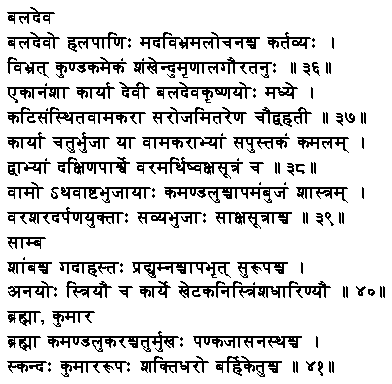
Indian philospher, astronomer and mathematician, b. 505 (Ujjain, India), d. 587 (Ujjain).
Not much is known of Varahamihira's life. In one of his works he mentions that he was educated in Kapitthaka, but the location of that place, if it existed, is not known. It is established that he worked in Ujjain, a centre of Hindu mathematics since about 400 and the place where Brahmagupta worked a generation later.
Varahamihira's collected works give a comprehensive picture of Indian society and civilization at his time; but his most famous work, the Pañca-siddhantika ("Five Treatises"), concentrate on astronomy and mathematics. It is usually dated 575 AD and summarises five earlier astronomical treatises, the Surya, Romaka, Paulisa, Vasistha and Paitamaha siddhantas.
The Five Treatises constitute a compendium of Indian, Babylonian, Egyptian, Greek and Roman astronomy. They begin with Indian astronomy and proceed to a review of all other known astronomical knowledge and theories, including mathematical charts and tables taken from the work of Ptolemy.
Varahamihira's mathematical work included the discovery of the trigonometric formulas
Varahamihira improved the accuracy of the sine tables of Aryabhata I and calculated the binomial coefficients, known in the European civilization as Pascal's triangle.
Among Varahamihira's contribution to physics is his statement that reflection is caused by the back-scattering of particles and refraction (the change of direction of a light ray as it moves from one medium into another) by the ability of the particles to penetrate inner spaces of the material, much like fluids that move through porous objects.
As was Indian custom, his work was written in verses. Below are verses 30 - 58 from Chapter 57 of the Five Treatises:
